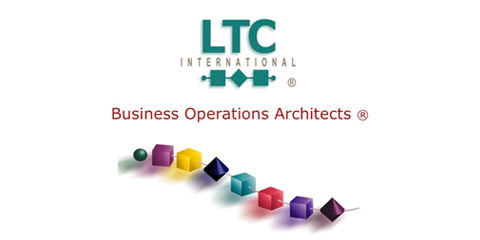 Pipeline
Publishing, Volume 5, Issue 8 Pipeline
Publishing, Volume 5, Issue 8 |
 |
This
Month's Issue: |
What Now? The Future of Mobile Devices |
|
|
|
Integration, Master Data Management, and the Need for Migration
|
|
|
 |
|
|
|

By
Tony Sceales
For a very long time, the perceived wisdom has been that if only enterprises could gain a 360° view of the information they hold – provided that information is also accurate and up-to-date – they could revolutionize the way they do business. Their customers would be happier, their businesses would run more efficiently, new revenue opportunities would be discovered, new product designs would be improved, and campaigns would be better targeted and managed. The problem is finding the road that leads to this converged simplicity.
Today’s IT landscape is complex and it seems that no matter what is done to simplify it, it just keeps getting more complicated and more integrated. And, while we know that IT proliferation and complexity means that operational costs rise, there is always a reason to buy more, better, or faster technology. According to Bloor Research, the average large enterprise implements 4.5 major applications each year. And that’s just the big ones. Add to that all the applications we’ve inherited plus the smaller applications we’re implementing, plus the applications that are self-developed and could even be outside IT’s control, and the total skyrockets. Now, add in the effects of merger and acquisition (M&A), which creates a moving pavement for many enterprises so far as IT rationalization is concerned.
|
|
Today’s IT landscape is complex and it seems that no matter what is done to simplify it, it just keeps getting more complicated and more integrated.
|
|



Yet the fallout from increased use of integration is complexity, interdependence, and higher operational costs. This has resulted in a situation where most of our IT budget is spent simply maintaining legacy, with less and less money available for innovation. (The scale of this problem was revealed in a recent white paper by Erudine’s Dr Toby Sucharov and Philip Rice who noted that: “The cost of legacy systems [from industry polls] suggest that as much as sixty to ninety percent of IT
|
|
|
|

For all these reasons, the proliferation of solutions and the data silos they use shows little sign of abating. Yet the requirement to tie these together so that the enterprise can function effectively is also strong. In fact, ‘integration’ is arguably one of the most over-used words in IT: we integrate solutions, we integrate channels, we integrate data, we integrate within the enterprise, and we integrate with the outside world. We are often found discussing the merits of new ways of integrating – like Web services – or finding new things that need integrating (as with master data management). Our appetite for it is undiminished.
|
|

budget is used for legacy system operation and maintenance.” See The Burden of Legacy, Dr Toby Sucharov and Philip Rice, A white paper from Erudine) IT may wish to reduce the number of redundant or duplicated applications and databases, but often the rate at which applications are being switched on exceeds the speed at which IT can turn them off. Quite often, IT resorts to making a tactical choice to integrate, rather than to migrate or consolidate applications and data. The reason for such a choice is that migrating applications has historically been
article page
| 1
| 2
| 3
| |
|
|
|
|
|
|
|






